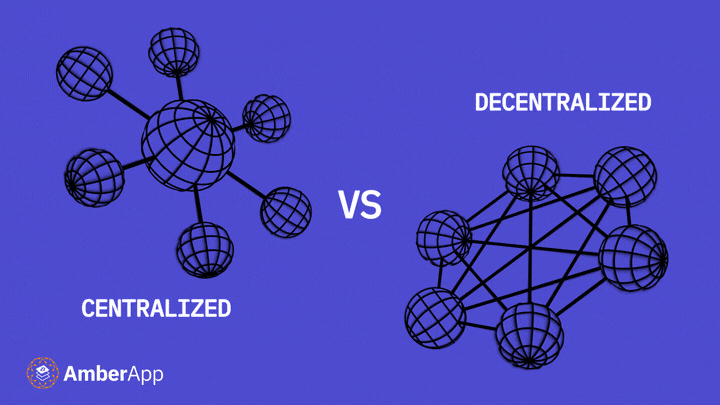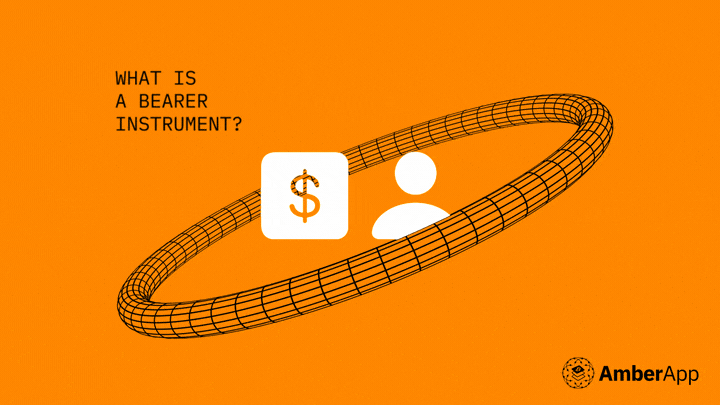Transfer, send, receive Bitcoin. How long does it really take?
Bitcoin transactions, on layer-1, may take longer than you think.
Bitcoin was created as a “peer-to-peer electronic cash system” by Satoshi Nakamoto. In his design of Bitcoin, it was important that he got the Bitcoin transaction speed right. Satoshi had to balance network security and confirmation times, so he settled on 10 minute blocks.
The time it takes to send a Bitcoin is quite straight forward, since, it is determined by the block speed. The Bitcoin blockchain has an average block time of 10 minutes. You can expect to wait at least 10 minutes to send Bitcoin. A Bitcoin transaction cannot happen instantly.
Each Bitcoin transaction must be sent within a block. In doing so, it is proof that the transaction actually took place. Bitcoin has a lot of users, so your transaction may take anywhere from 10 minutes to a couple of hours. The time it takes to transfer Bitcoin is dependent on a number of factors that could influence the speed of the Bitcoin transaction.
It may take ten minutes to transfer Bitcoin, but confirmation times always takes longer. The wallet that is receiving the Bitcoin transaction, will want to wait until several blocks after the initial one to ensure that the transaction has taken place. Therefore, it may take a bit longer than you initially thought to transfer Bitcoin.
Transferring Bitcoin works because of the miners. Consequently, it’s not free. All Bitcoin transactions require a fee.
Transaction Fees
Every time you make a Bitcoin transaction there will be a fee associated with it. This fee ensures that the miners are getting paid for their work. Bitcoin mining requires a great start-up cost, so they must be rewarded for securing the network (via block rewards and transaction fees).
A transaction fee is never fixed, it depends on how quickly you want to send your Bitcoin. A faster Bitcoin transaction means a higher transaction fee (in most cases). Higher network traffic (more transactions sitting in the mempool) will also result in a higher transaction fee. Bitcoin blocks can only hold a certain number of transactions, so when the network becomes busy – the miners will choose the BTC transactions with the higher fee. If you choose to send your Bitcoin to another BTC address via a lower transaction fee, it may take a little bit longer to send your Bitcoin.
Some Bitcoin wallets will let you decide on your transaction fees, some won’t. It’s important to know that, when you ask ‘how long does it take to send Bitcoin’, that you consider the costs associated. People will always pay for speed.
Let’s look at how long Bitcoin transactions take with confirmation time.
Confirmation Time
Your Bitcoin was mined into a block, but the other wallet addresses won’t accept it yet. Why?
Users of Bitcoin, know ‘don’t trust, verify’ – meaning they want confirmation your transaction is legitimate. Especially, if there is a large amount of Bitcoin being sent from one wallet address to another. So, how long does it take to confirm a Bitcoin transaction?
Confirmation time is dependent on the other party and how much Bitcoin was sent. For larger transactions, more confirmation will be needed. Usually, six additional blocks (an hour approximately) will be sufficient time to confirm the Bitcoin transaction. This may seem long, but over 50 confirmations is not uncommon for very large transactions. It can take several hours when transferring Bitcoin worth over a million dollars.
In most cases, your Bitcoin transaction will be confirmed. It is only considered unconfirmed if it doesn’t get any confirmations on the BTC blockchain within 24 hours. Each new block is a chance for the miners to stamp your Bitcoin transaction onto the blockchain.
Sending Bitcoin is a timely process because of confirmations. The busier the mempool, the longer your Bitcoin transactions could take. The time it takes to send Bitcoin is a strength because you know all transactions are legitimate. When you transfer BTC you – don’t trust but verify.
Is Speed Important?
Many cryptocurrencies praise their speed of their confirmation process. Or, maybe they claim that Bitcoin’s scalability is a major issue and they have solved it, with their own cryptocurrency. But is this something that needs to be fixed?
Bitcoin’s simplicity is where it shines. The rules that don’t change. And it’s not the Myspace of the crypto world.
You have to make a sacrifice somewhere. Speed vs scalability vs security vs legitimacy. And yes, Bitcoin might take a little bit longer to transfer than the other cryptocurrencies. But many of those people forget to mention the Lightning Network.
Bitcoin has the security and the legitimacy, but also now has the speed and scalability.
Bitcoin Vs Fiat
People tend to assume that Bitcoin is competing with the debit/credit cards of the world. This isn’t correct. Bitcoin is a layer-1, just like the SWIFT system – so that is what BTC is competing with. Bitcoin has lower fees than the SWIFT system and usually settles faster. On SWIFT, you can wait for days with no answer on where your money is. On BTC, you can follow your transaction and expect to know when your funds will be confirmed. On average, your funds will be confirmed in a few hours. Bitcoin’s layer-2 system (The Lightning Network) is what is directly competing with the likes of Visa and Mastercard.
Bitcoin was built to sustain a high number of transactions, although the Bitcoin network is getting more popular. Each block can only hold a certain number of transactions, so many people call this the scalability problem of BTC. On average, around 1500 – 2500 transactions per block. Which isn’t large enough to compete with the current fiat system. However, the Lightning Network seems to have solved the scalability problem.
The Lightning Network
Ah, the game-changer in the Bitcoin space. The Lightning Network.
Many critics of Bitcoin, always conveniently forget to mention the Lightning Network. Which has revolutionised Bitcoin, as a “slow crypto that can never be used like Satoshi had designed”. To something that is faster, cheaper and more secure than credit and debit cards.
The transaction times are almost instant and there is no need to wait for the next block. This is because the Lightning Network is a layer-2 system built above the BTC blockchain. It was created with Bitcoin’s utility value in mind, and has slightly different rules and fees.
On the Lightning Network, smaller amounts of Bitcoin are transferred. For example, in El Salvador, Bitcoin users may transfer Satoshis for a coffee at a local store. The store clerk, instead of waiting an hour for block confirmations, instantly receives the Satoshis. Bitcoin’s speed issue has been solved.
You must consider that the time it may take to transfer BTC over layer-1, can be done nearly 100% faster on the layer-2 network.
As more people set up Lightning wallets and join the Lightning Network, the better it works. This is the nature of how the system works. Scalability grows as the number of users and nodes grow.
Sending Bitcoin over Lightning has made the “crypto” arguments obsolete. Exchanges, such as AmberApp, are now supporting this revolutionary process to send Bitcoin. Keep your eye on the Lightning Network, it’s already changing the world.






